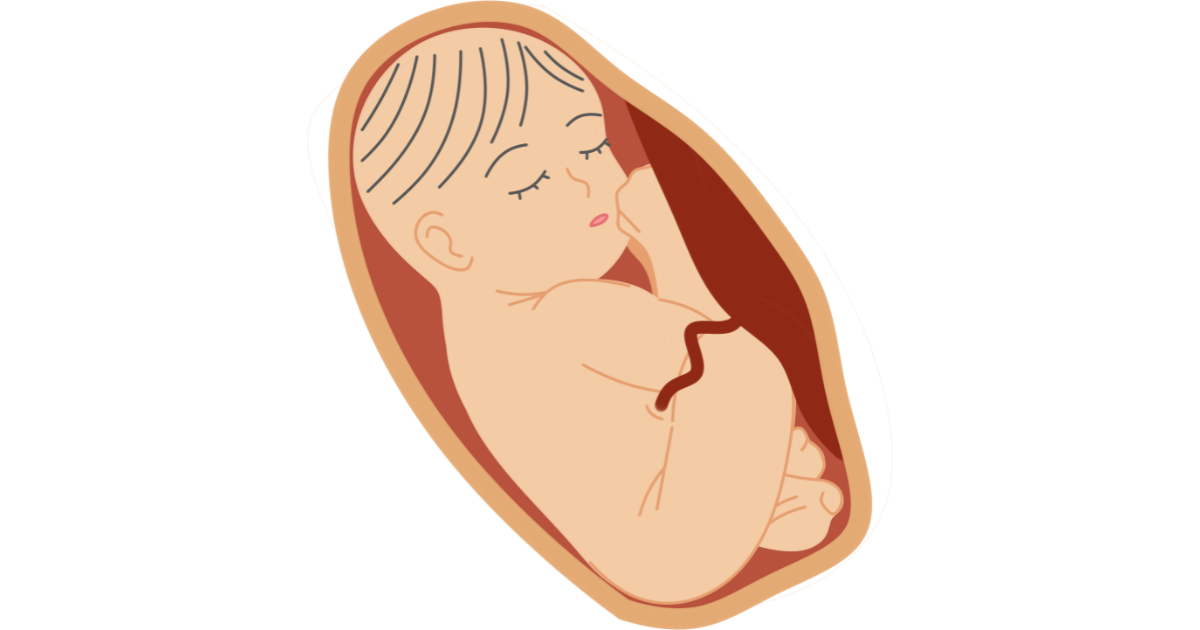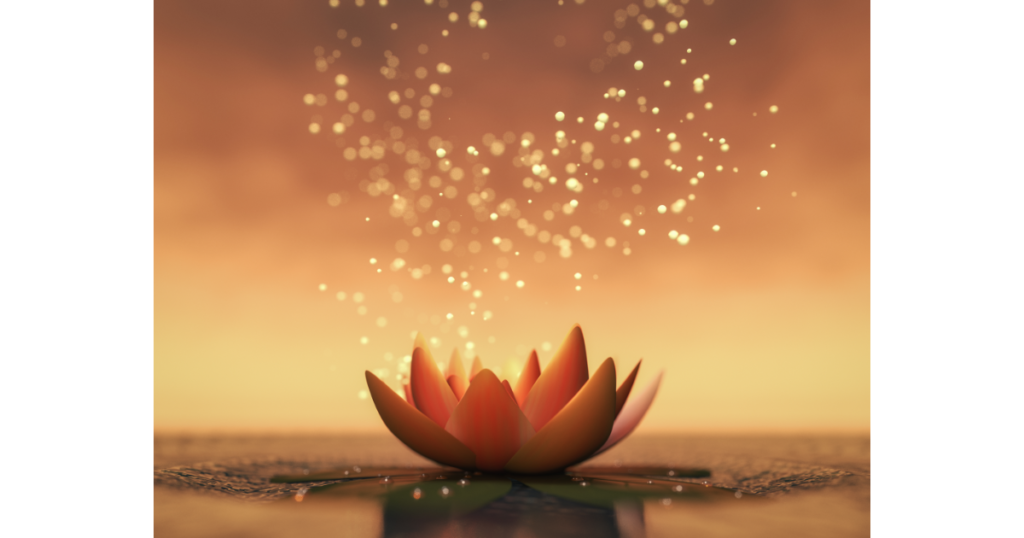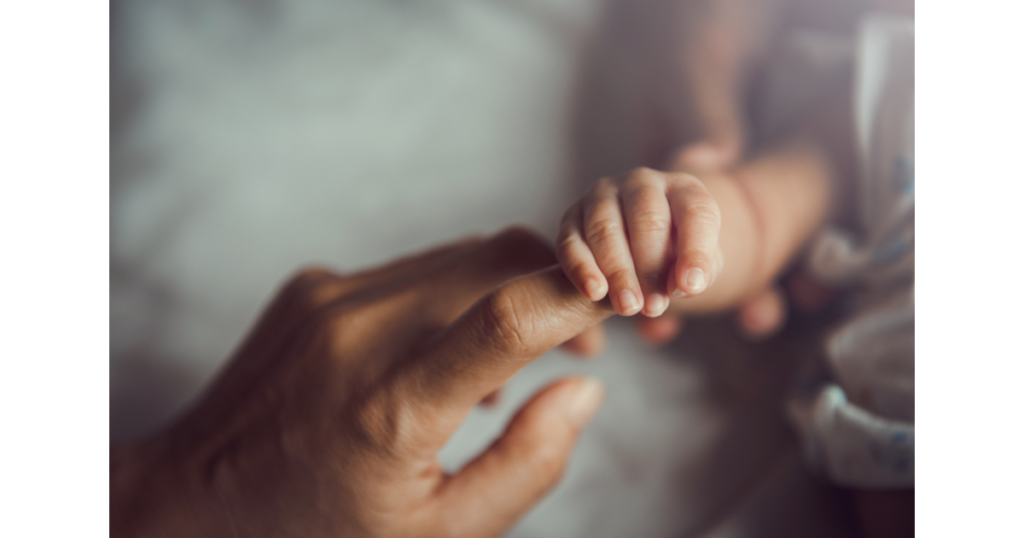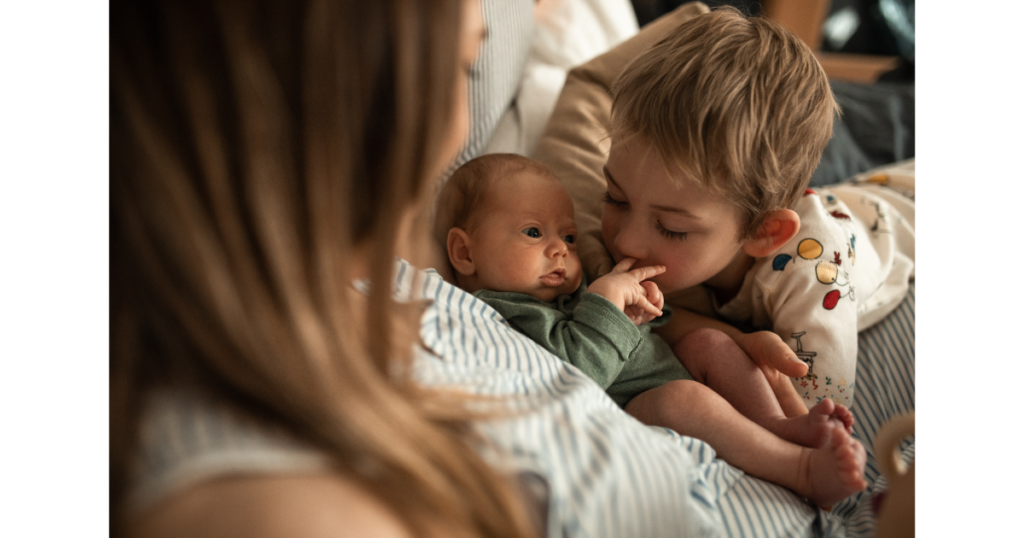What Is The Placenta?

Six days after the sperm from our father merged with the ovum – which our mother has carried in her body since she was developing inside our grandmother – this tiny six-day-old organism (us), about to attach itself to the uterine wall, undergoes a still not understood process that causes the same genetic material to go two ways. Some become the baby and some the placenta.
Alternatively, we could regard the baby and the placenta as a single unit – with the placenta an essential organ, such as the heart or liver, functioning and necessary for survival.
However, we don’t say, ‘some of the genetic material turns into the baby and some turns into the heart or lungs’, so why do we conceptually separate the placenta from the baby?
The baby-placenta relationship
Lotus Birth establishes the baby–placenta relationship and suggests that the mother gives birth to the baby–placenta. As we shall see, there are no sustainable medical reasons for cutting the cord and separating the biological unit that conceived, grew and delivered (or birthed) together.
Current birthing practice is to cut the cord while the placenta is still in the mother. When this happens, people do not perceive the complete biological unit of the baby–placenta and as a consequence find it difficult to imagine the biological-historical-genetic-foetal unity of the placenta–baby.
As the practice continues, many mothers never even see their baby’s placenta and some think that the placenta is theirs. Lotus Birth puts the placental ownership clearly with the baby, where it belongs.
Letting go of the placenta
The moment of the baby’s ‘letting go’ of the umbilicus and placenta has its origin at the moment of implantation of the egg into the uterus. This moment of implantation heralded, in a most organic way, the beginning of another human life.
Twenty-five per cent of conceptions do not reach this stage, because the uterus does not accept implantation of the egg. Implantation is a two-way event. It is an acceptance by the mother’s uterus of the new life form and a commitment by the fertilised ovum to go to the next stage of gestation. It is a key point in the mother–child relationship, and in a woman’s relationship with her partner, to accept into her deep and sacred place the product of their union.
I have worked with some women who have conceived and not wanted to continue with the pregnancy. They have connected with their babies and negotiated a ‘let go’. The baby has left. It is a very conscious act. It is negotiable. It is done through a process of connecting with the spirit being of the incoming child, and through an exploration and articulation of both conscious and unconscious aspects of the pregnancy.
Good birth preparation programs provide instruction and practices for parents to connect to their child in utero. The babies are very responsive and this connection is wonderful for the parents.
For the baby, implantation is a major step in its commitment to incarnation. Embodiment will mean reliance on the ongoing supply of nutrients from the placenta via the umbilicus. This is now the foetus’ lifeline, on which he or she is dependent. The new being becomes open to receiving nourishment from this source.
The placenta’s function
At the earliest stages of development – just six days gestation – an estimated 30,000 different proteins have been identified in the embryonic human. The placenta is complex, not the simple anchor for the cord or the passive sieve through which nutrients pass from mother to foetus, as many think. It has its own metabolism, which regulates maternal functions by producing hormones actively and selectively transferring substances between mother and baby and keeping equilibrium between the two while keeping foetal and maternal blood circulation separate – it is an organ of high intelligence. Its function begins after implantation – that crucial point when, by forming burrowing projections, the baby attaches to the lining of the uterus.
This stage is a significant one. The mother’s womb accepts the baby and the baby commits to the gestation. It is most intimate, most personal, and the disengagement at birth, nine months later, is connected to this point. It is a commitment and a release and may have the most profound ramifications in the mother–child relationship. Here is the organic foundation of this primal relationship.
The placenta establishes itself during the first ten weeks of pregnancy and by three months it is fully mature. It feeds nutrients to the baby via the umbilical cord and carries away and processes waste products. It provides a two-way exchange through the three large arteries of the umbilical cord.
Leaving the cord intact
There are sound physical reasons for not cutting the cord, which have to do with the blood value and volume that the baby would otherwise miss out on. The baby’s emotional life and implications for its future relationships are further factors. Beyond that, there is the etheric level and the transference of energies.
Lotus Birth ensures that the physical body is well cared for by ensuring that the baby receives the full quotient of the oxygen-bearing highly nutritious blood that is in the cord. The infant obtains 40 to 60 mL of ‘extra’ blood from the placenta if the cord is not tied until pulsations cease. The loss of 30 mL of blood to the newborn is equivalent to the loss of 600 mL to an adult.
The common practice of immediate cutting of the cord before the pulsations cease deprives the newborn of a possible 60 mL of blood, the equivalent of a 1200 mL haemorrhage in an adult. This is a likely explanation for the strange phenomenon of weight loss that most newborns seem to endure. The new organism is put immediately under undue stress to reproduce the blood it was denied.
We must wonder, too, whether the denial of the iron-rich cord blood is a contributing factor to widespread cases of infant and childhood anaemia. The immature liver is supported by the placenta in the offloading of toxins, as the pumping action continues until the cessation of pulsations. Most babies’ bodies are loaded up with these, including any drugs administered during birth, and have to begin life dealing with the unnecessary toxic waste in their immature systems.
Support after birth
The emotional body is nourished by a lack of stress on the new organism. It enjoys the ongoing support of the placenta, which allows the flow of oxytocin (the love hormone), as opposed to adrenaline, which is generated by the fear-or-survival (or fight-or-flight) mechanism. This allows the baby the primal imprint of happiness and bliss as it takes in its first sights, sounds, smells and tastes.
Once the cord is emptied of blood we have a beautiful flat silvery ribbon; however, its function continues. Transference from the placenta is still occurring. Life force still in the placenta is transferred to the baby. This transference continues until the baby’s auric field is complete. During this time, which can take three to seven days, the cord becomes brown and brittle. At the point of auric completion, the cord simply comes away at the navel – the child is lotus-born.




